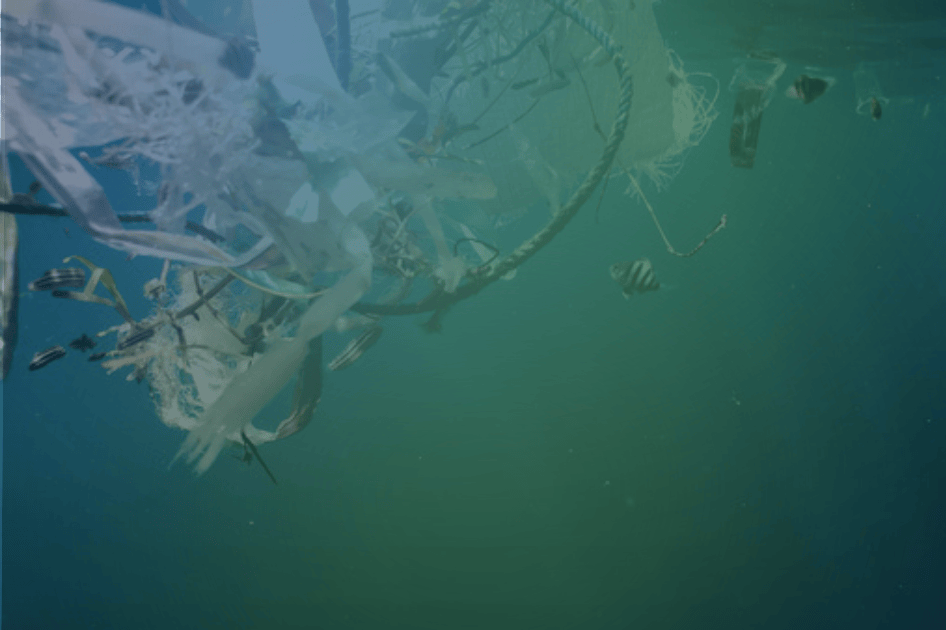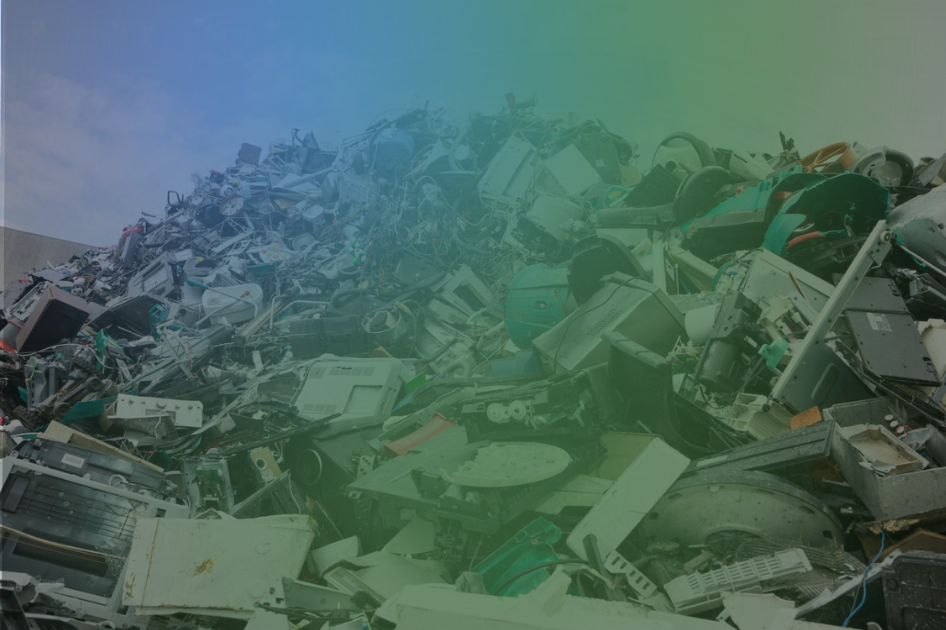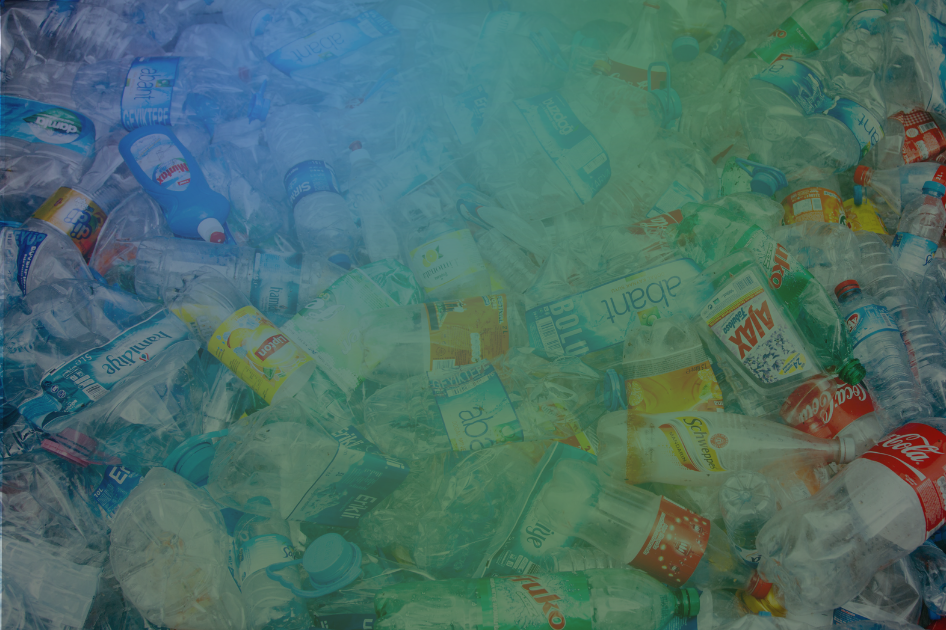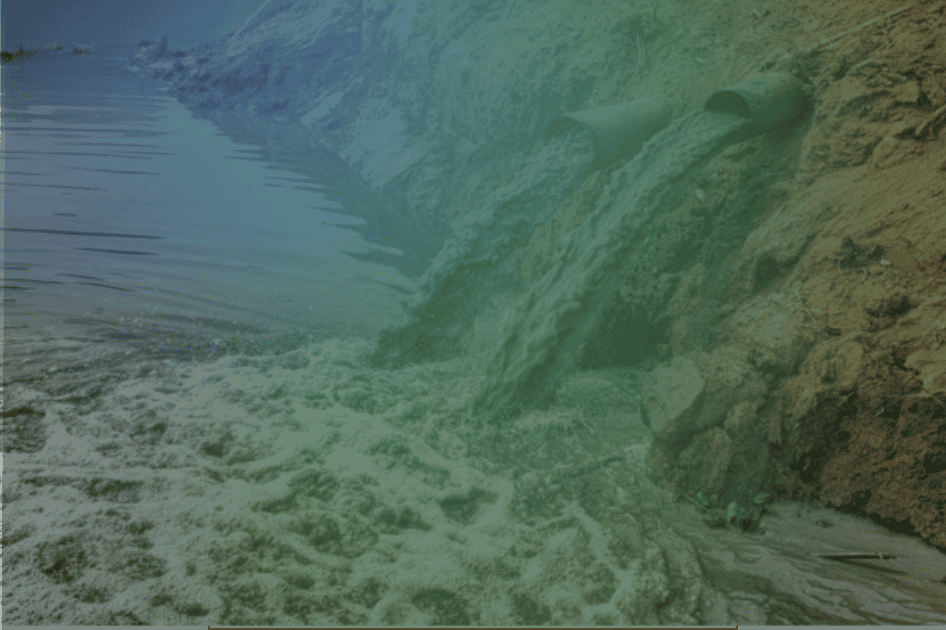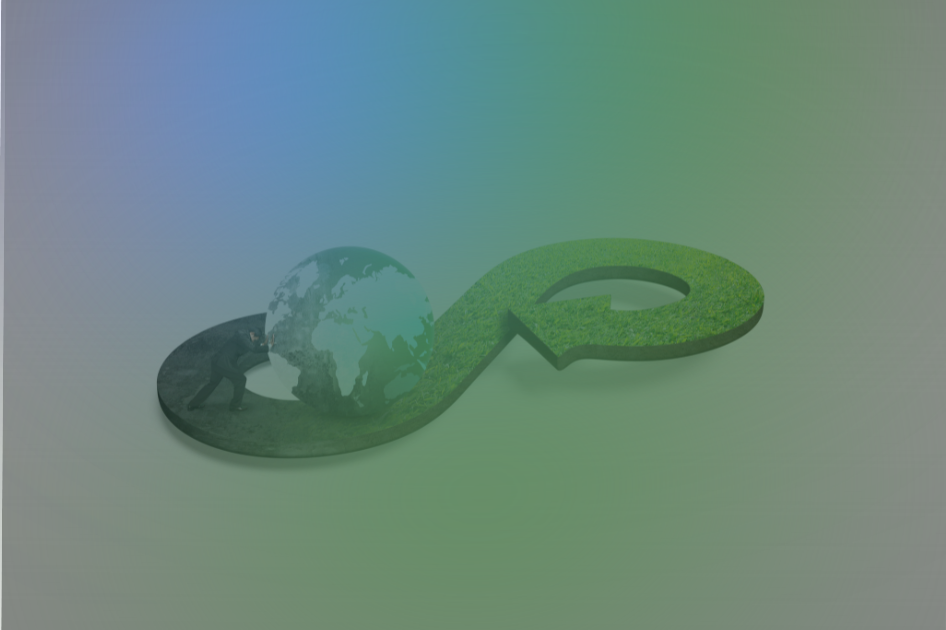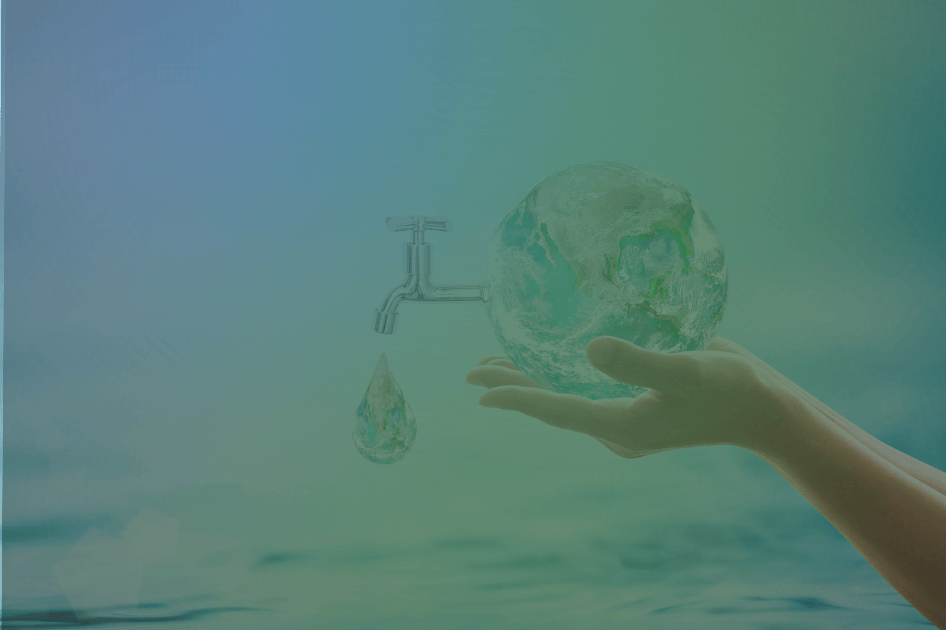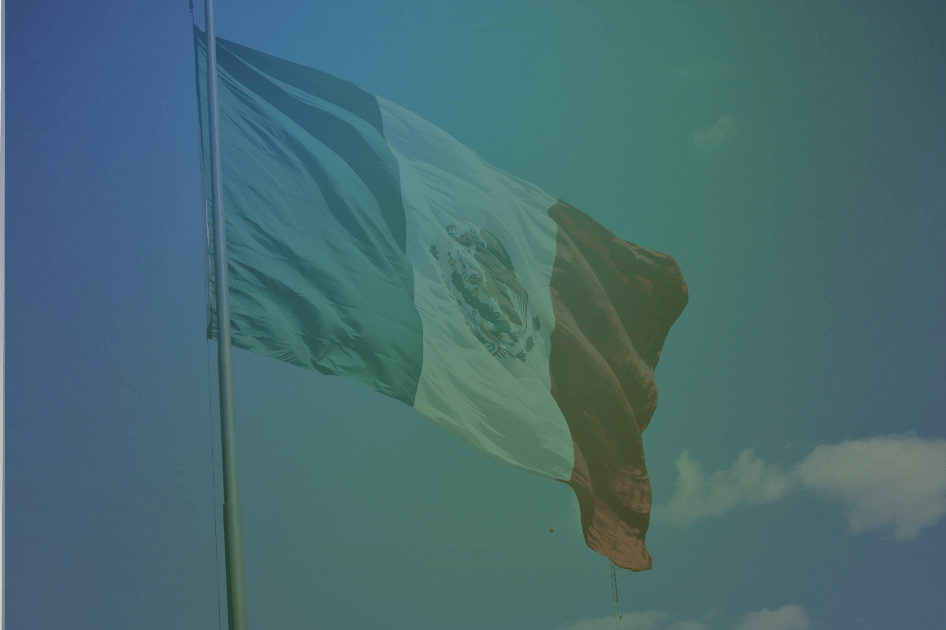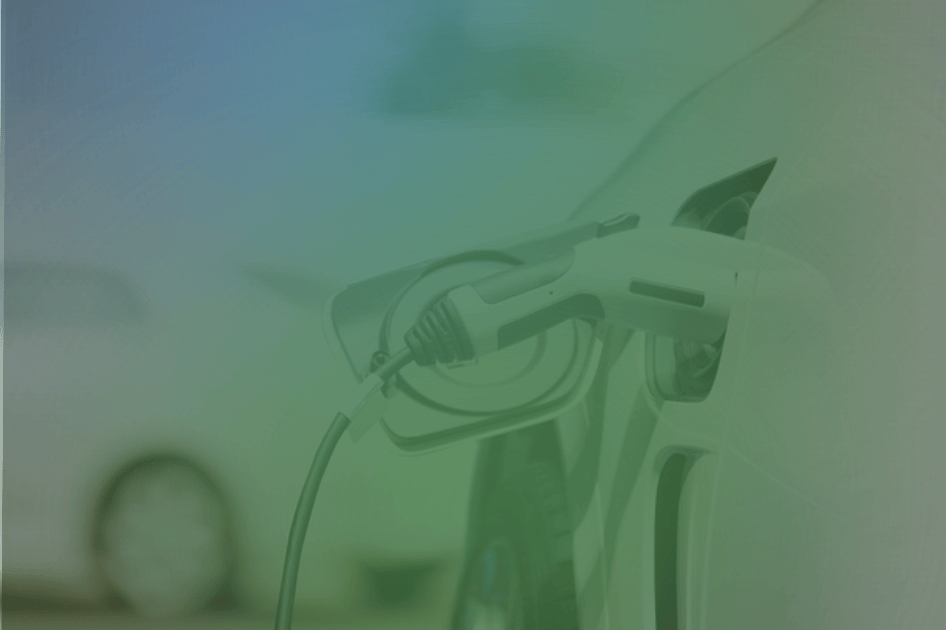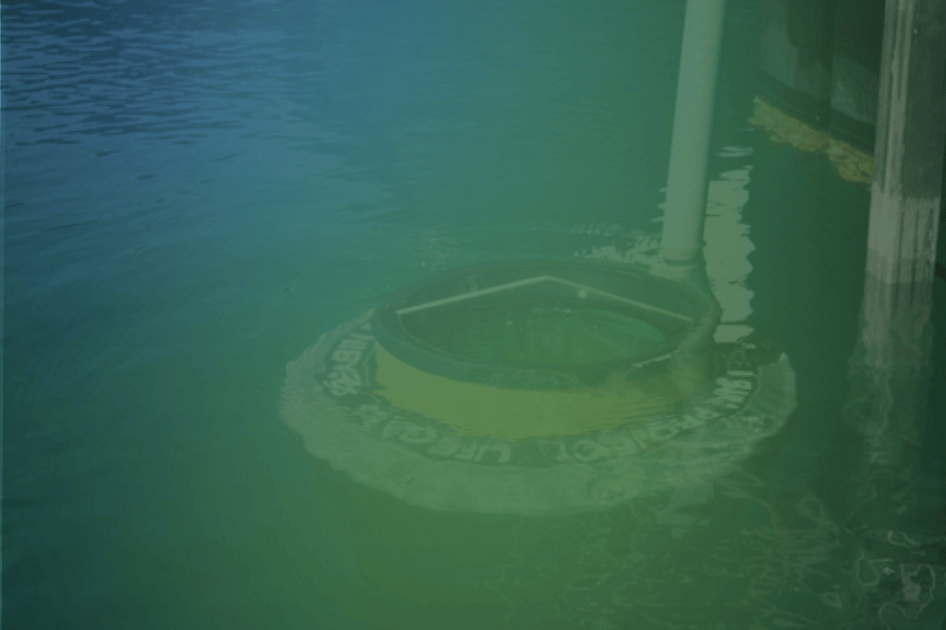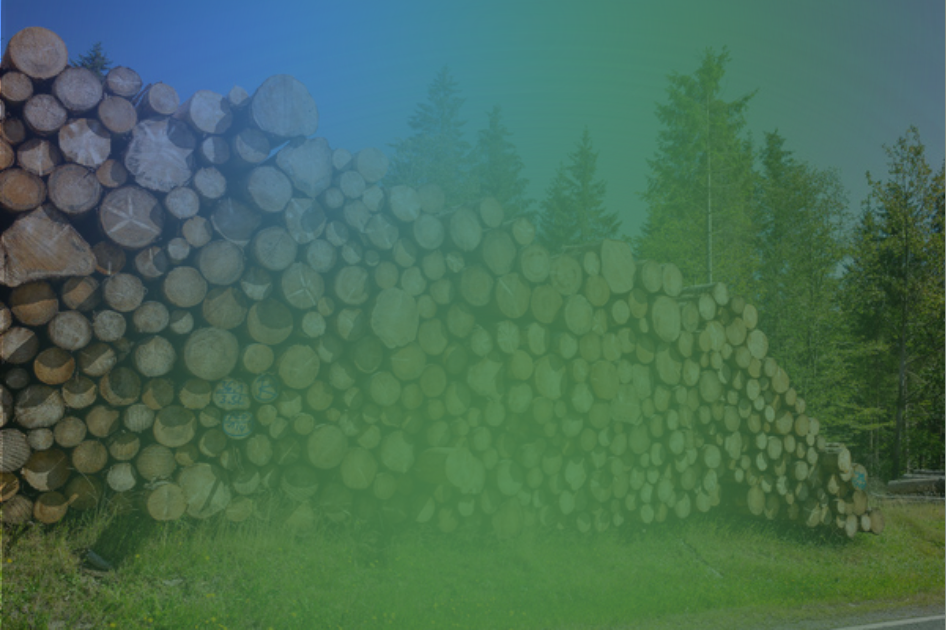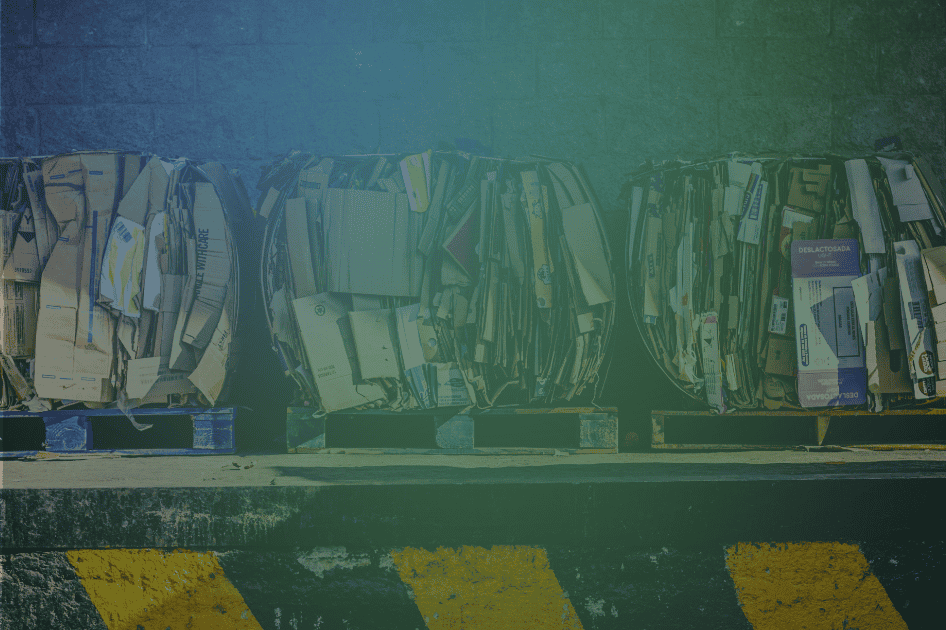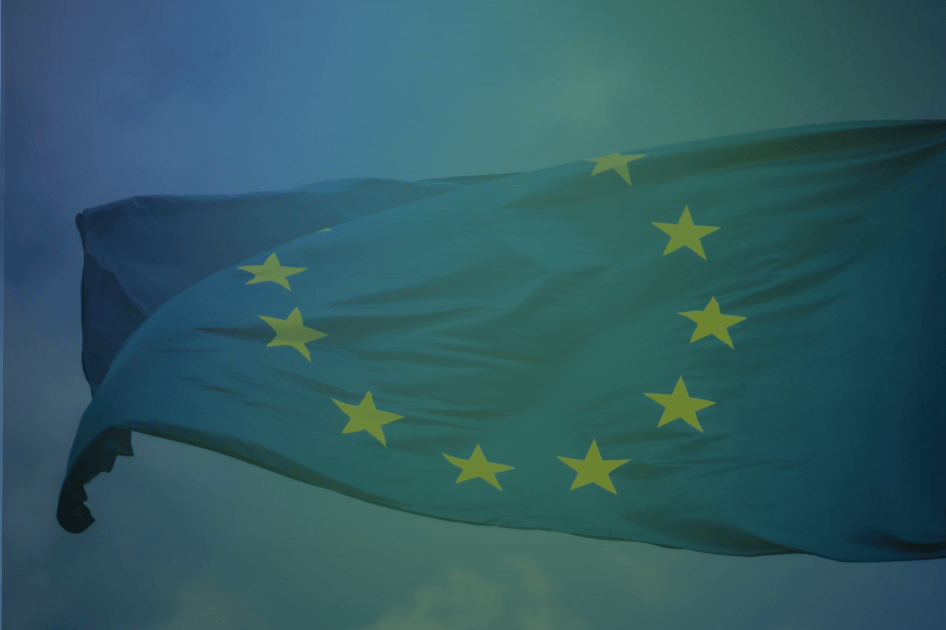Bioplastics currently account for approximately 0.5% of the nearly 414 million tonnes of plastic produced annually. That’s according to the latest report from European Bioplastics, the European Association of bioplastics producers.
It may still be a drop in the ocean, but it will grow, just as the overall global production of plastic continues to rise. According to the Association's forecasts, which has recently relocated its headquarters from Berlin to Brussels, global bioplastics production capacity is expected to increase from approximately 2.47 million tonnes in 2024 to around 5.73 million tonnes in 2029.
This growth is being driven by rising market demand and the development of increasingly sophisticated applications and products. Today, bioplastic alternatives exist for nearly all conventional plastic materials and their associated uses. Thanks to the rapid advancement of bio-based and biodegradable polymers, such as polylactic acid (PLA), polyhydroxyalkanoates (PHA), bio-based polyethylene (PE), and the steady expansion of bio-based polypropylene (PP), the significance of bioplastics in the global scenario will therefore grow significantly.
But which production sectors are seeing the greatest uptake of bioplastics?
These range from packaging, the largest market segment, accounting for around 45% of the total in 2024 (1.12 million tonnes), to consumer goods, the automotive sector, and agricultural products.
- You may also be interested in: You may also be interested in: A "plastic-free" July? Rather than using slogans, we need to change our behaviour
Plastic production in Europe
<<Plastic - explains Francesco Paolo La Mantia, emeritus professor at the University of Palermo and one of Italy’s leading polymer experts - is characterised by a wide range of properties, such as low density, poor electrical conductivity, and ease of processing into an endless variety of objects, which have made it virtually indispensable across countless applications.>>
- You may also be interested in: A new neneration of packaging: Infinity RePROJECT®
In Europe, more than 99% of virgin plastic is produced using petroleum and natural gas as raw materials. Fossil fuels are also used to generate the heat required during the manufacturing process. This results in the release of around 1.2 kg of CO₂ into the atmosphere for every kilogram of plastic, when considering the production phase alone. If CO₂ emissions from the extraction and refining of fossil fuels are also taken into account, the total amounts to roughly 1.7 kg of direct CO₂ emissions per kilogram of plastic produced.
<<The increasing use of bioplastics - La Mantia points out - therefore plays an important role in terms of decarbonisation.>>
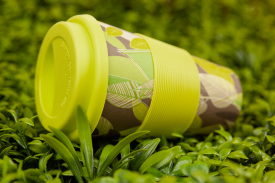
Ecomondo
What is bioplastic? A definition
According to the European definition, bioplastic is the plastic derived from plant-based raw materials (bio-based), that is biodegradable and compostable, or that possesses both properties (bio-based and biodegradable and compostable).
The Italian definition, as adopted by Assobioplastiche, considers as bioplastics only those plastics that are biodegradable and compostable, whether of plant origin or fossil-based.This is because the biodegradability of plastics is not uniquely associated with a plant or fossil origin. There are fossil-based plastics that are biodegradable and compostable, as well as plant-based plastics that are not biodegradable, or mixtures of both plant and fossil origin within the same product.
Plant-based plastics are made from plant raw materials, such as maize, sugar cane, or cellulose. Some polymers are made from monomers that can be sourced from either biomass (bio-based) or fossil fuels. In such cases, the polymer is said to be partially bio-based and its bio-based percentage is calculated as the ratio of the amount of monomer from plant sources to the total weight of monomers used to polymerise the polymer. From the point of view of market analysis, there is no effective way to distinguish 100% bio-based products from fossil bioplastics and fossil/plant mixes, but rather they are more commonly differentiated according to end-of-life (biodegradable and compostable or not).
Biodegradable plastics, on the other hand, are materials that can biodegrade, a process in which microorganisms break down the chemical bonds of molecules through specific enzymes, turning these molecules into carbon dioxide (CO2) and water. The biodegradation processes depend on the surrounding environmental conditions, the time required for biodegradation, and the material.
Biodegradability and bio-based origin: the difference
Biodegradability and bio-based origin are two distinct concepts when it comes to plastics. It may be possible that 100% plant-based materials are not biodegradable and that materials obtained from fossil sources may biodegrade. This characteristic is particularly relevant in terms of CO₂ emissions: when biodegradable plastics of fossil origin are used, emissions result in 1.7 kg of CO2/kg of plastic produced. On top of this, there is an additional 3.1 kg CO2/kg of plastic if the plastic waste is burnt. Most of the compostable bioplastics available on the market are, at least partially, of plant origin and, thanks to continuous research and innovation in the sector, the percentage of biomass is gradually increasing.
In Italy, the development of this market has been supported by a series of legislative measures, particularly those related to the use of compostable bags for collecting organic waste. The most important fields of application for these polymers are the production of bags for the collection of the organic waste fraction and bags for shopping and agriculture.
Compostability is a particularly advantageous feature when bioplastic products are processed with organic waste. Using a compostable bag, for instance, offers a benefit because it allows both the organic waste and the bag containing it to be treated in the same way and processed together at composting facilities.
However, as those working in the sector point out, for the waste collection and treatment to be truly effective, the entire organic chain must be steered towards high-quality models, avoiding the widespread presence of unwanted materials, beginning with conventional plastic. It is also essential that the system is capable of recognising and properly managing bioplastics. Given the way composting and anaerobic digestion plants, which collect the organic fraction of waste, are currently designed, bioplastic bags are at risk of being separated as waste materials and destined for incinerators or landfills.
Bioeconomy as a driving force for bioplastics in the EU
<<The European Union - says Mariagiovanna Vetere, director of Global Public Affairs at the American multinational NatureWorks, a leading player in the PLA market - is trying to shift gears when it comes to the role of biopolymers in the EU economy. The packaging regulation has highlighted how compostable plastics can offer a valid alternative for certain applications, but it is the bioeconomy that will act as the driving force for bioplastics, something the EU is currently exploring through various consultations and legislative proposals.>>
<<What’s needed now - Vetere stresses - is a good measure of courage from European institutions to complete the virtuous process they have begun. One which will be fraught with obstacles, especially from the traditional industry that is hostile to change.>>
Article written by Felice Amori
This blog is a joint project by Ecomondo and Renewable Matter
Bibliography:
- Bioplastics Market Development Update, European Bioplastics, dicembre 2024
- Breakthrough Strategies for Climate-Neutral Industry in Europe, Agora Energiewende, aprile 2021
Credits:
- Photo by Claudio Rampinini: https://www.istockphoto.com/it/foto/piatto-in-plastica-riciclabile-gm1048316918-280410580
PUBLICATION
21/07/2025

